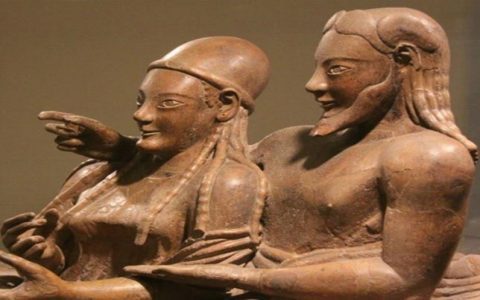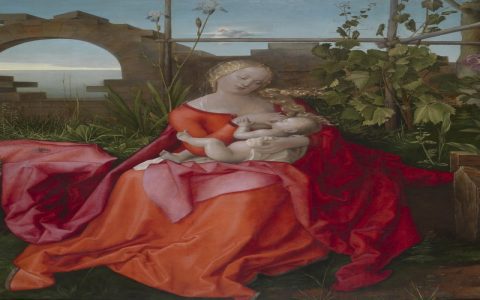So last month I got real sick of my fantasy art looking like cheap knockoffs of other artists. Everything felt generic – same dragons, same elves, same muddy colors. I wanted something that screamed "ME" when people saw it. Started digging into how famous fantasy artists actually found their signature style. Let me walk you through what I did, step by step, warts and all.
Step 1: The Painful Realization
I spent a whole evening pinning up my latest dozen pieces next to stuff by legends like Frank Frazetta and contemporary heroes. Man, that was brutal. My stuff felt... boring. Lifeless. Didn't pack a punch. Realized my "style" was basically copying whoever I'd last looked at on Instagram. Needed a hard reset.
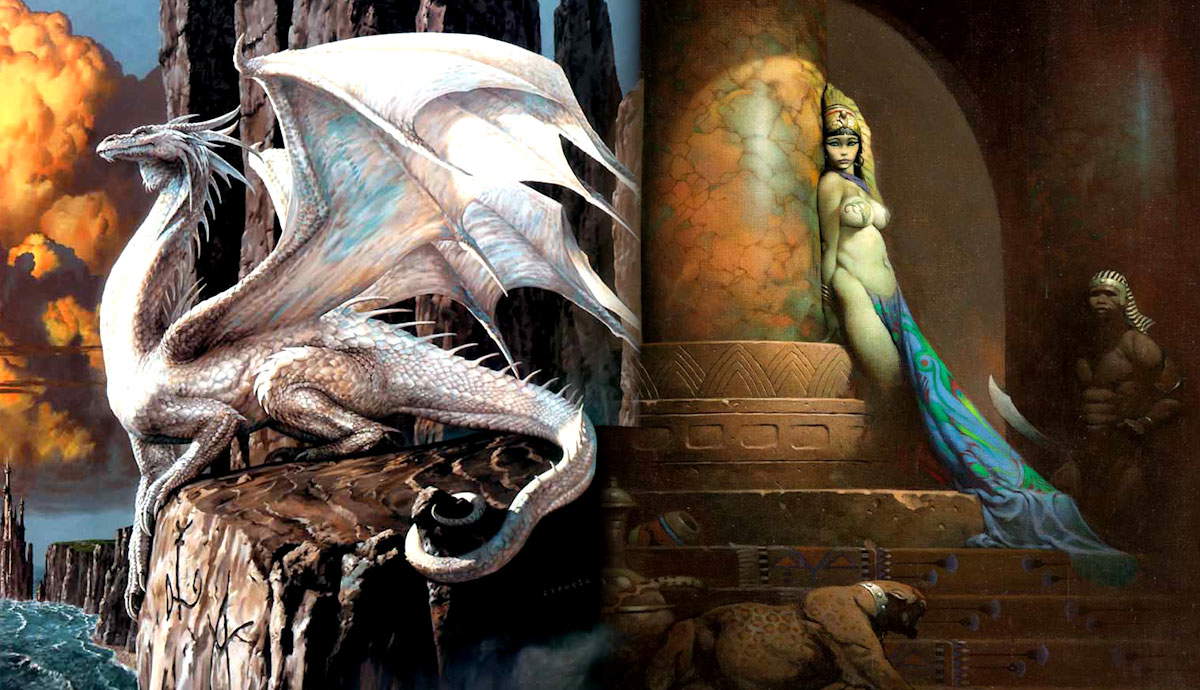
Step 2: Diving Into Dissection (The Messy Way)
Instead of just scrolling, I grabbed a notebook and actually tried to tear apart what made other artists tick. Like:
- Took one of Brom's illustrations. How does he use shadow? What's his go-to palette? Why does his stuff feel so gritty?
- Printed out some older Tony DiTerlizzi stuff. Cut out shapes with scissors! Crazy, but seeing the actual silhouettes helped me grasp his weird organic structures.
- Flipped through a bunch of Jessica Rossier environments. Noticed how she builds atmosphere first, characters second. Made notes like "soft light" and "super fuzzy edges."
Honestly felt like I was back in high school biology class, dissecting frogs. Slower, less slimy.
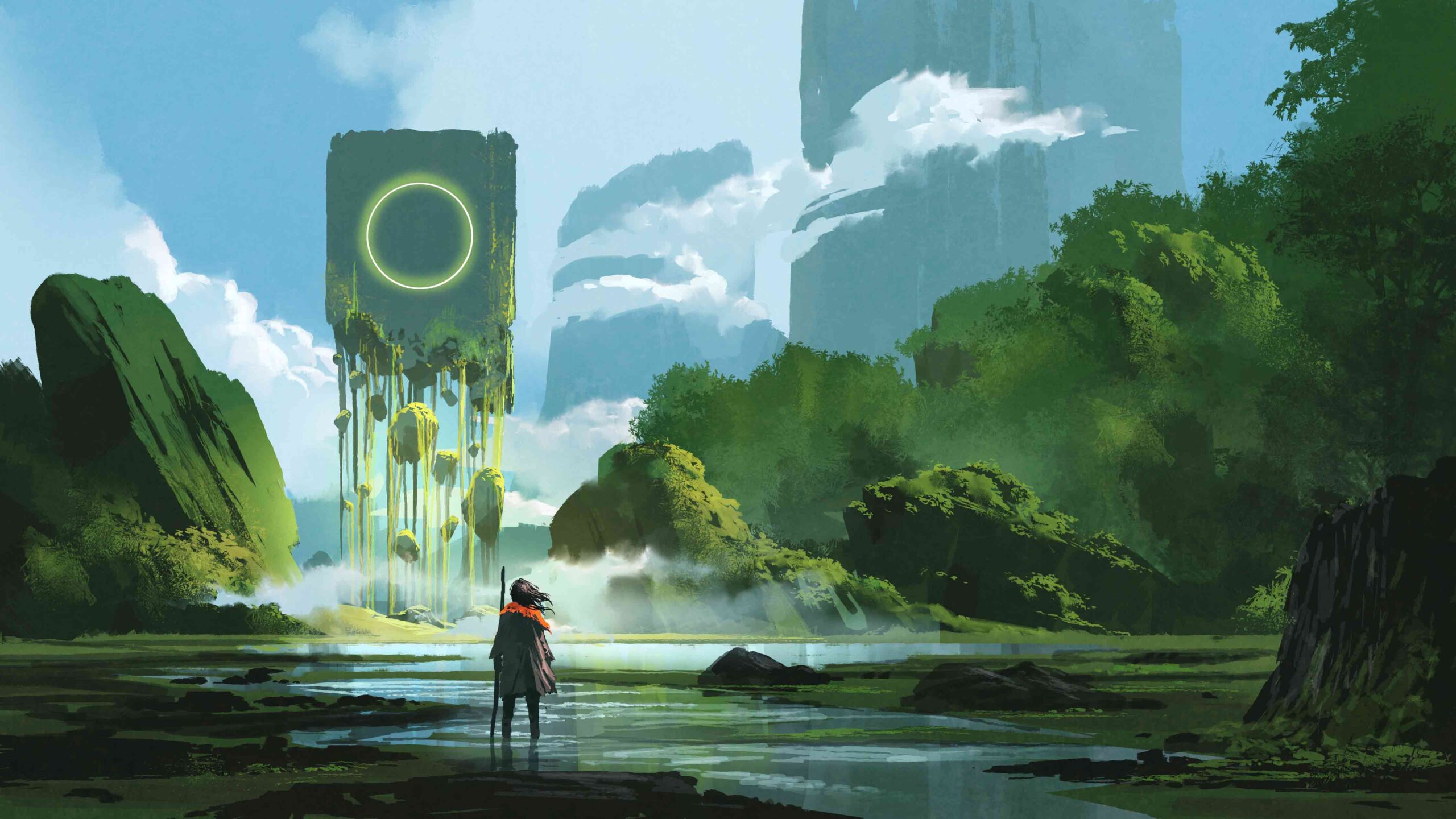
Step 3: Experimental Chaos
Armed with my messy notes, I went nuts in my sketchbook for like a week:
- Tried blocking out a knight with Brom's heavy black shadows. Mine ended up looking like a giant blob with legs.
- Played with DiTerlizzi's shapes – drew a mushroom village. Looked more like sentient poop than whimsical fungi. Laughed till I cried.
- Experimented with Jessica Rossier's fuzzy pastel look. All my ghosts looked dirty, and I nearly threw my tablet.
Failure city. But! Tiny bits stuck. Like really loving how thicker lines felt on armor. Or how warm light hitting cold fog looked cool.
Step 4: Playing Frankenstein & Finding Sparks
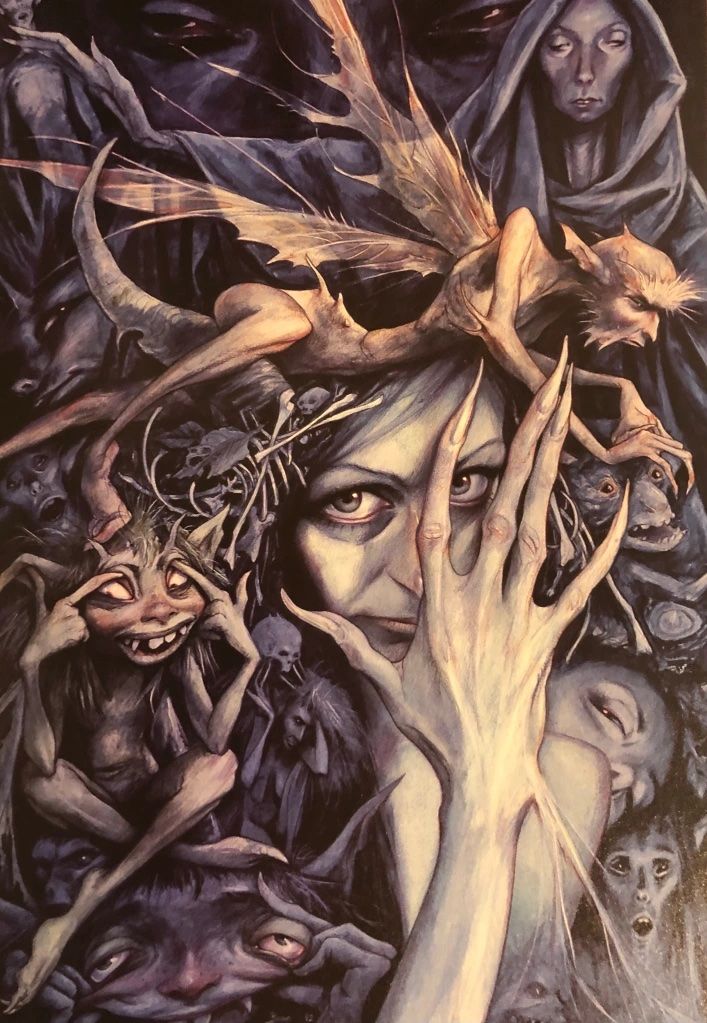
Totally frustrated, I stopped trying to copy anyone exactly. Got reckless:
- Threw Brom's dark mood into Rossier's misty backgrounds. Weirdly atmospheric.
- Used DiTerlizzi's crazy plants as background elements for my shadowy knight. Suddenly the blob looked intentional!
- Then, just for kicks, drew my partner's grumpy cat as a dragon using leftover shapes. Didn't suck.
That moment? Seeing my stupid cat-dragon looking cool? Felt like flicking on a light switch. Something clicked.
Step 5: Narrowing Down & Crushing It
Started focusing:
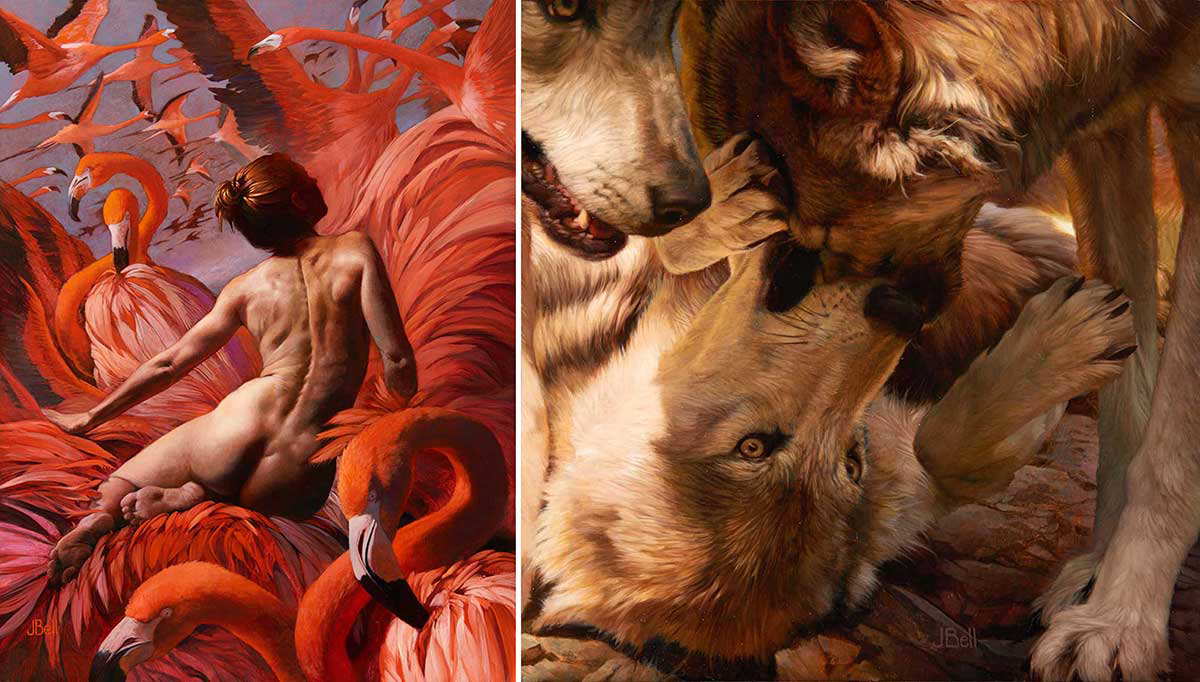
- Palette: Kept drifting back to purples, teals, and blood oranges.
- Texture: Loved thick, sketchy lines with soft blurs.
- Focus: Realized I loved turning everyday nonsense into fantasy. Like squirrel assassins or coffee cup castles.
Made myself draw ONLY everyday stuff transformed for two weeks. Every mug, lamp, couch became fantasy fodder. This weird "mundane epic" thing started bubbling up.
The Final Push (Works For Me)
So here's the messy reality I landed on after failing for ages:
- Steal from EVERYONE. Not the end result, but the tiny tricks.
- Fail Fast & Ugly. Seriously. Your trash sketches are gold.
- Notice Your Own Preferences. What colours/brush strokes make you happiest? Double down.
- Force Weird Constraints. "All goblins must be librarians" forces originality.
- Embrace Your Random. My cat dragon wasn't planned. Ran with it. Why? It felt fun.
- Volume Over Perfection. The doing matters way more than that one perfect piece.
This ain't a fast fix. It’s been months of scrapping pieces and feeling stupid. But finally seeing my own thumbprint emerge? Worth every frustrating sketch. Just gotta keep mashing together things that excite you and drawing like crazy.








